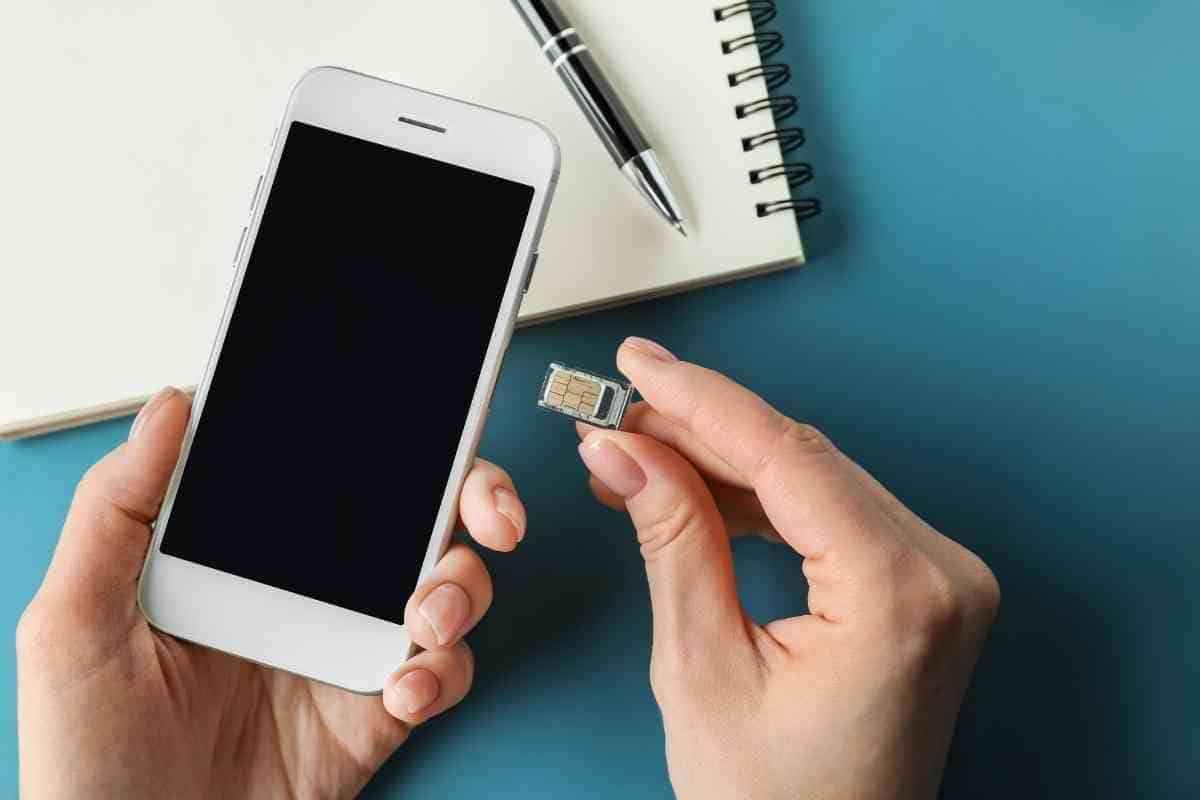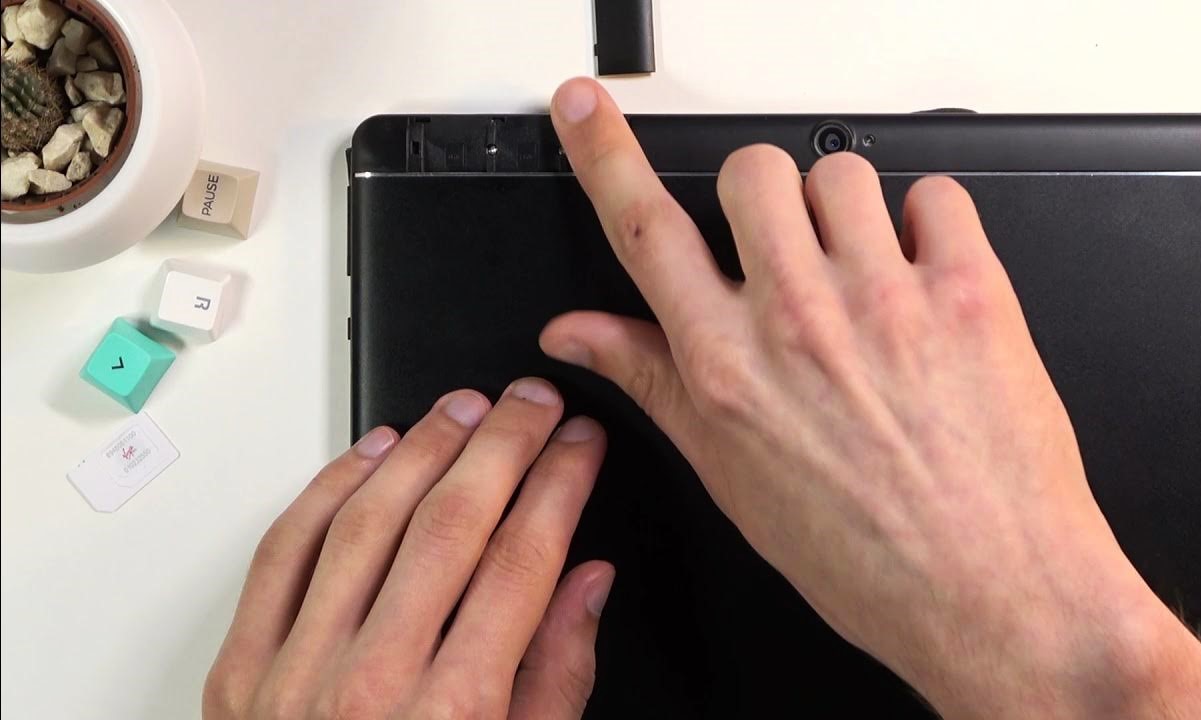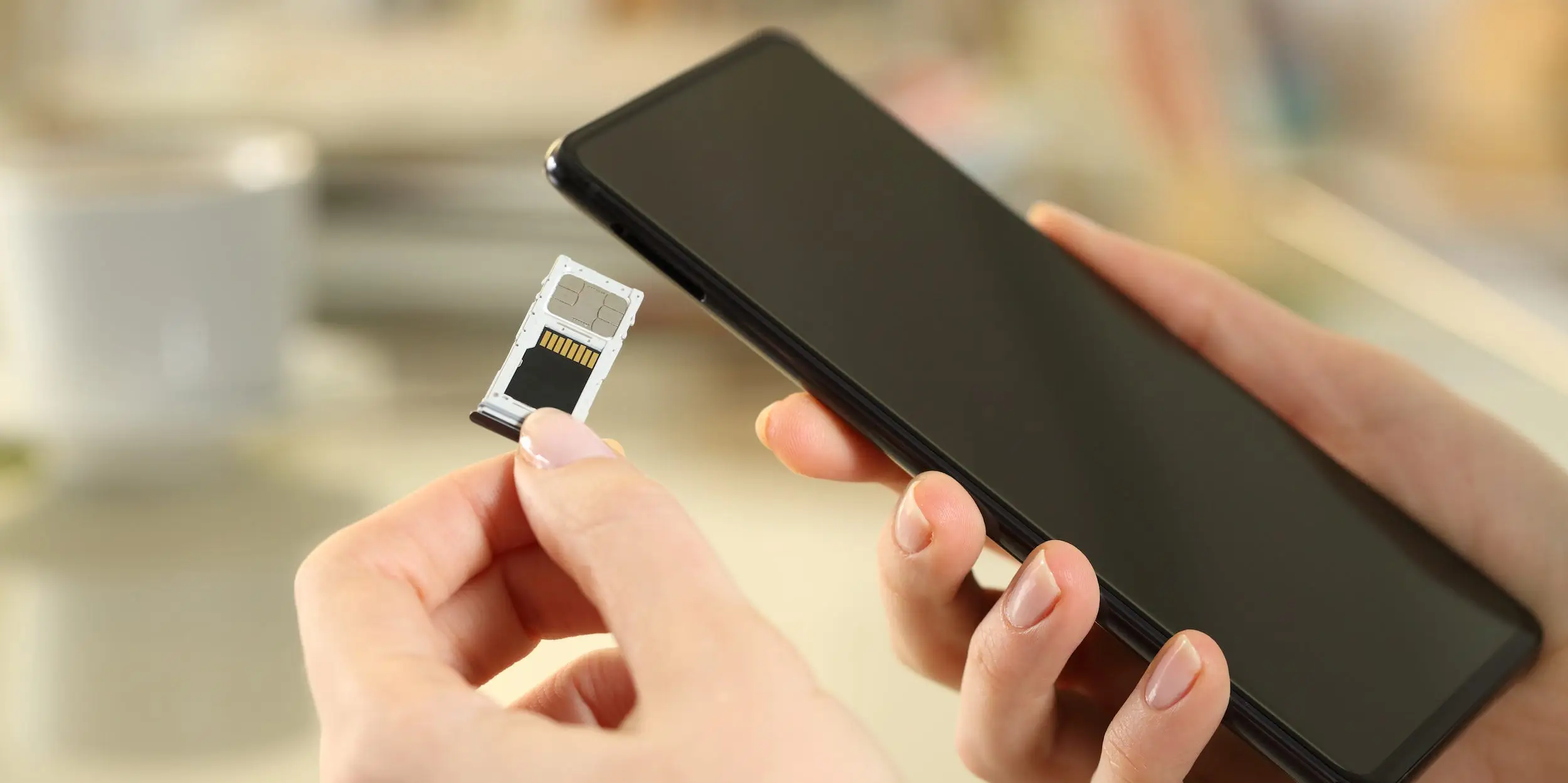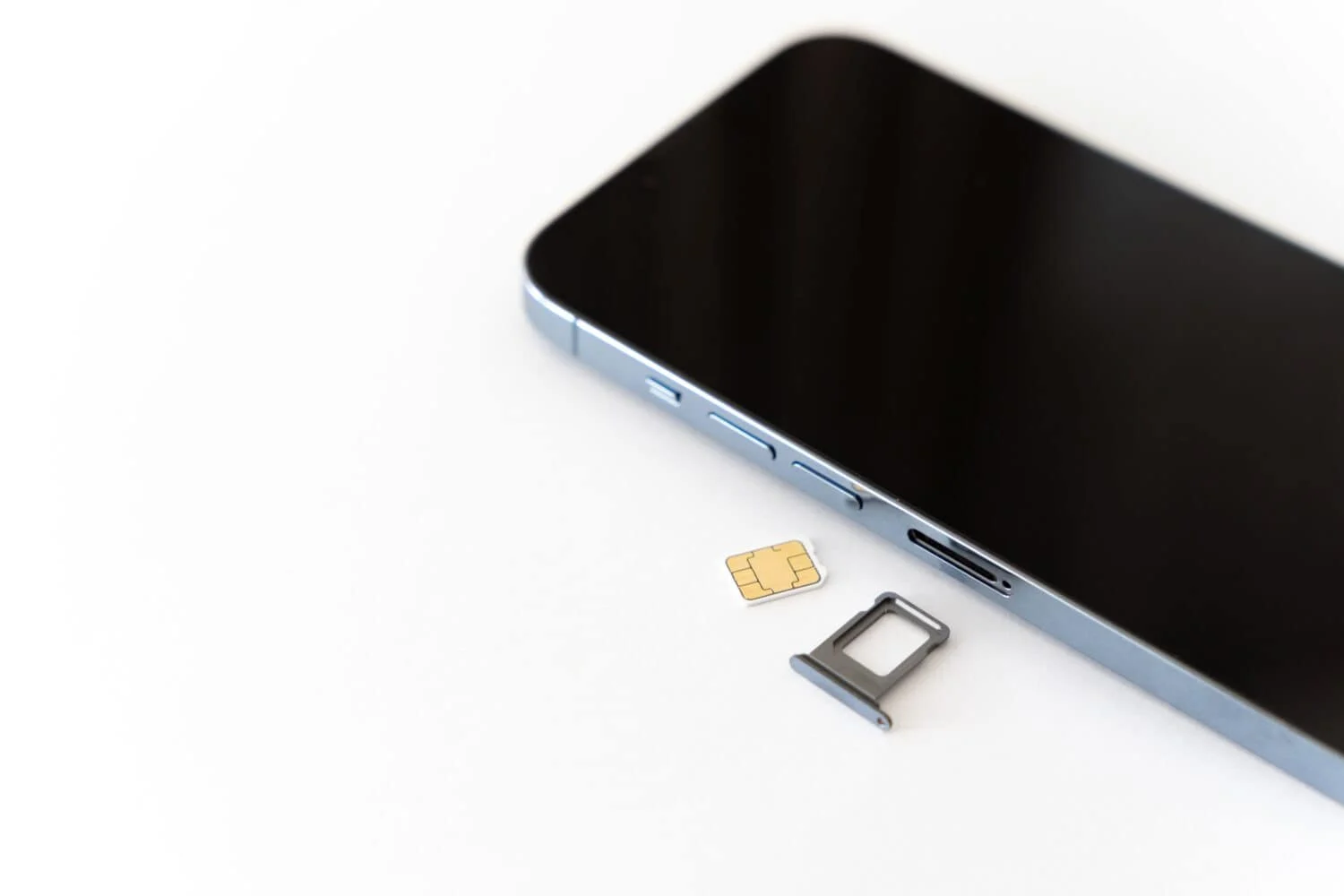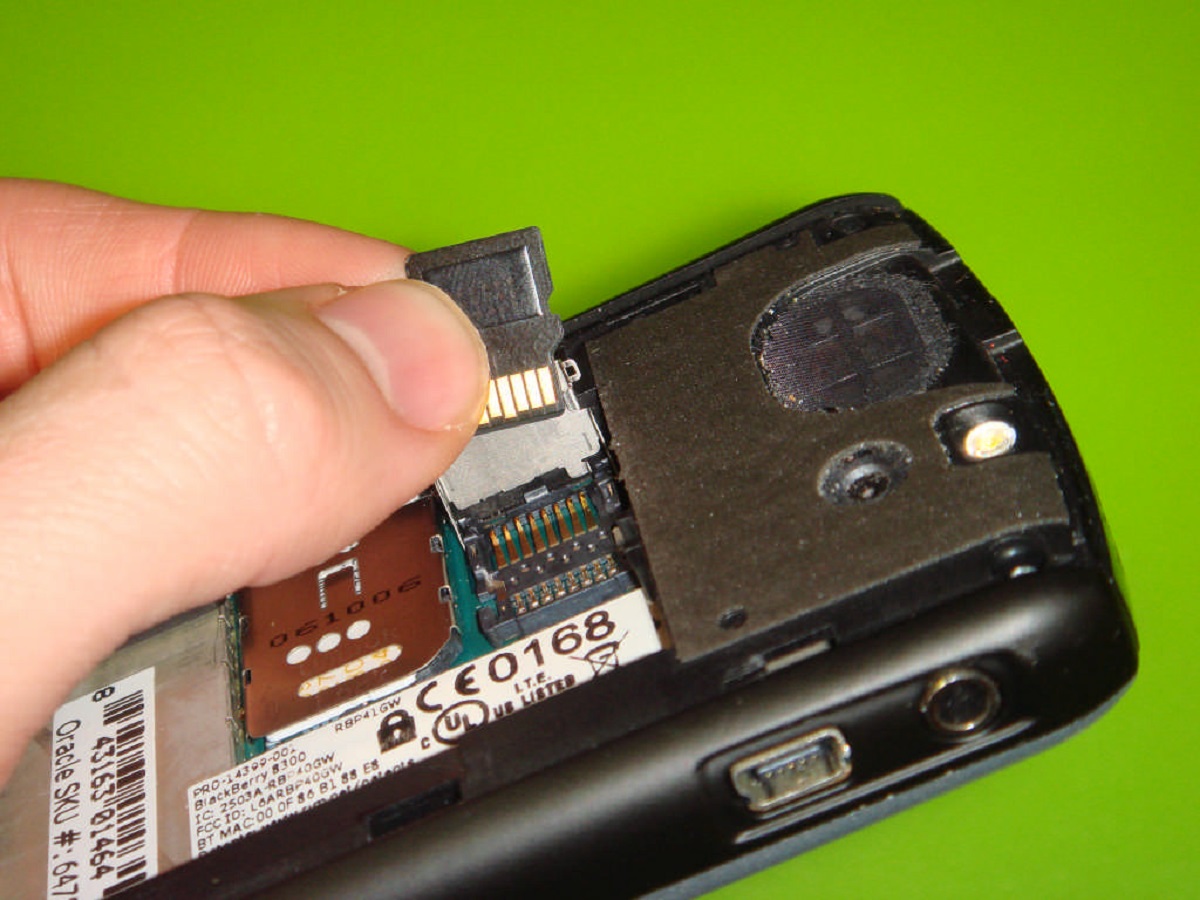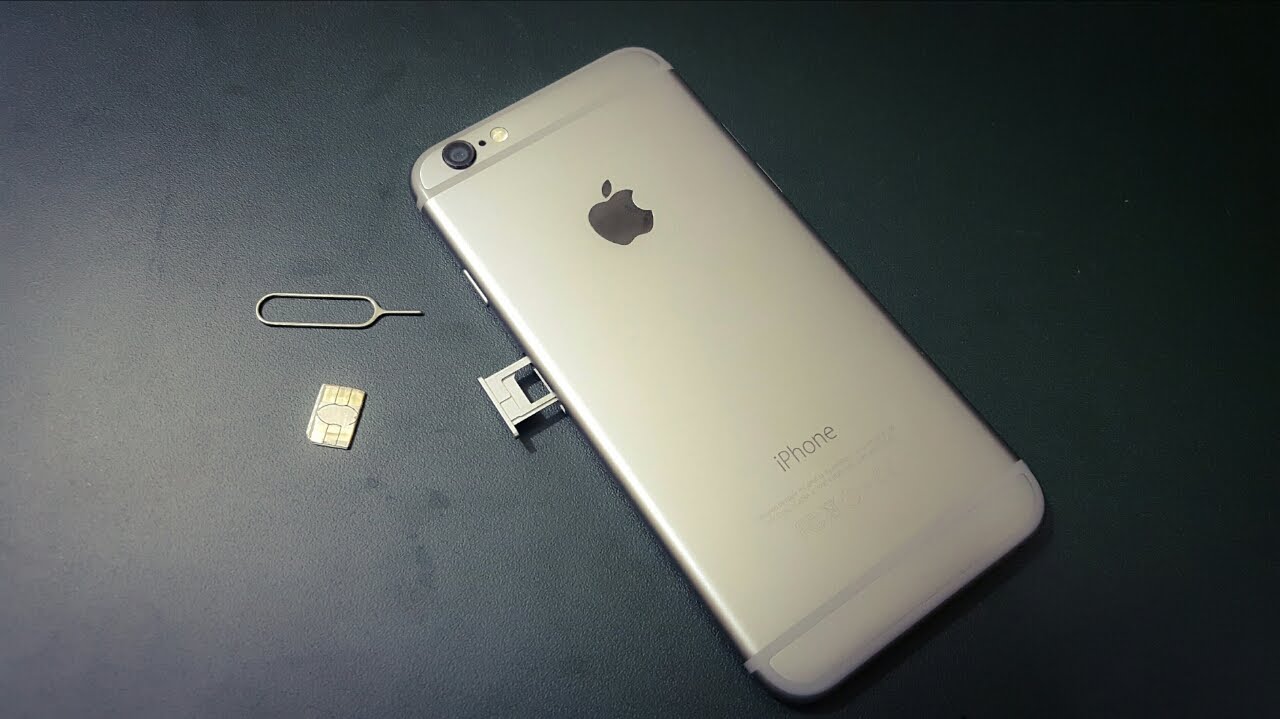Reasons for Turning Off Your SIM Card
Turning off your SIM card may not be something you do every day, but there are several compelling reasons why you might need to take this step. Whether it's for privacy, security, or simple convenience, knowing when and why to turn off your SIM card can be essential in managing your mobile device effectively.
-
Privacy Protection: When you turn off your SIM card, you prevent any incoming calls or messages from reaching your device. This can be particularly useful when you need some uninterrupted personal time or when you want to safeguard your privacy during important meetings or events.
-
Security Measures: In certain situations, such as when traveling to areas with high security risks or when dealing with sensitive information, turning off your SIM card can be a vital security measure. By doing so, you can prevent unauthorized access to your device and protect your data from potential breaches.
-
Battery Conservation: Turning off your SIM card can also help conserve your device's battery life. When you're in a location with poor network coverage, your phone may continuously search for a signal, draining the battery. By turning off the SIM card, you can extend your device's battery life until you're back in an area with better network reception.
-
Avoiding Distractions: In some situations, such as during important meetings, exams, or while driving, turning off your SIM card can help you avoid distractions from incoming calls and messages. This can enable you to focus on the task at hand without interruptions.
-
Preventing Roaming Charges: When traveling internationally, turning off your SIM card can help you avoid unexpected roaming charges. By disabling the SIM card, you can ensure that your device doesn't connect to foreign networks, saving you from potentially high roaming fees.
Understanding the reasons for turning off your SIM card empowers you to make informed decisions about managing your mobile device. Whether it's for privacy, security, battery conservation, or simply to avoid distractions, knowing when to turn off your SIM card can enhance your overall mobile experience.
Steps to Turn Off Your SIM Card
Turning off your SIM card is a straightforward process that can be easily accomplished on most mobile devices. Whether you're using a smartphone or a basic feature phone, the steps to deactivate your SIM card are generally consistent across different devices. Here's a simple guide to help you navigate through the process:
-
Access the Settings Menu: Begin by unlocking your device and accessing the Settings menu. This can typically be done by tapping on the gear-shaped icon or by swiping down from the top of the screen and selecting the Settings option.
-
Locate the SIM Card Settings: Once you're in the Settings menu, look for the option related to SIM cards or mobile networks. This may be listed under different names depending on your device, such as "SIM & Network," "Mobile Data," or "Cellular Networks."
-
Select the SIM Card: If your device supports dual SIM cards, you'll need to choose the specific SIM card you want to deactivate. This is especially relevant for devices that can accommodate multiple SIM cards simultaneously.
-
Turn Off the SIM Card: Within the SIM card settings, you should find an option to disable or turn off the selected SIM card. This may be represented by a toggle switch, a button, or a simple checkbox. By activating this option, you effectively deactivate the SIM card, preventing it from sending or receiving calls, messages, or data.
-
Confirm the Deactivation: Some devices may prompt you to confirm the deactivation of the SIM card. This serves as an additional safeguard to prevent accidental deactivation and ensures that you are intentionally turning off the SIM card.
-
Verify the Status: Once the SIM card has been turned off, you can verify its status by checking the signal bars or the network indicator on your device's display. If the SIM card deactivation was successful, you should observe that the signal strength indicator reflects the absence of network connectivity.
It's important to note that the specific steps to turn off your SIM card may vary slightly depending on the make and model of your device, as well as the operating system it runs on. Therefore, it's advisable to consult your device's user manual or seek online resources tailored to your device for precise instructions.
By following these steps, you can effectively deactivate your SIM card when needed, whether it's for privacy, security, battery conservation, or to simply avoid distractions. Understanding the process empowers you to take control of your mobile device and make informed decisions about managing your connectivity.
Benefits of Turning Off Your SIM Card
Turning off your SIM card offers a range of valuable benefits that can enhance your mobile experience in various scenarios. Understanding these advantages empowers you to leverage the functionality of your device effectively. Here are the key benefits of deactivating your SIM card:
-
Privacy and Security: By turning off your SIM card, you can safeguard your privacy and enhance the security of your device. This is particularly crucial in situations where you need to prevent unauthorized access to your phone or protect sensitive information from potential breaches. Whether you're attending a confidential meeting, handling classified data, or simply seeking uninterrupted personal time, deactivating your SIM card can provide a layer of privacy and security.
-
Battery Conservation: Deactivating your SIM card can contribute to conserving your device's battery life. In areas with poor network coverage, mobile phones often exert extra effort to establish a connection, leading to increased battery consumption. By turning off the SIM card when it's not needed, you can extend the battery life of your device, ensuring that it remains functional when you truly need it.
-
Avoiding Distractions: In today's fast-paced world, staying focused can be a challenge, especially with the constant influx of incoming calls and messages. By turning off your SIM card during important meetings, exams, or while driving, you can effectively eliminate distractions and concentrate on the task at hand. This promotes productivity and ensures that critical moments are not disrupted by unnecessary interruptions.
-
Preventing Roaming Charges: When traveling internationally, deactivating your SIM card can help you avoid unexpected roaming charges. By disabling the SIM card, you can ensure that your device does not connect to foreign networks, mitigating the risk of incurring substantial roaming fees. This proactive approach to managing connectivity can result in significant cost savings during international travel.
Understanding the benefits of turning off your SIM card enables you to make informed decisions about when to deactivate it, aligning with your specific needs and circumstances. Whether it's for privacy, security, battery conservation, or to avoid distractions and roaming charges, leveraging this functionality can significantly enhance your mobile device management.
Precautions to Take When Turning Off Your SIM Card
When turning off your SIM card, it's essential to consider certain precautions to ensure a smooth and effective transition. Taking these precautions can help you avoid potential issues and maximize the benefits of deactivating your SIM card.
-
Backup Important Data: Before turning off your SIM card, it's advisable to back up any essential data stored on your device. This includes contacts, messages, and any other information linked to the SIM card. By creating a backup, you can safeguard your data and ensure that it remains accessible even when the SIM card is deactivated.
-
Notify Trusted Contacts: If you anticipate being unreachable for an extended period due to the deactivation of your SIM card, it's important to inform trusted contacts in advance. This proactive communication can prevent misunderstandings and ensure that important messages or calls are directed to alternative contact points if necessary.
-
Check for Service Limitations: Depending on your mobile service provider and the specific features of your device, deactivating your SIM card may have implications on certain services or functionalities. It's recommended to review any potential limitations associated with turning off the SIM card, such as the impact on emergency calls, location services, or specific applications.
-
Prepare for Re-Activation: If you plan to re-activate the SIM card at a later time, ensure that you have the necessary information and resources readily available. This may include the SIM card PIN, activation instructions, and any additional requirements specified by your mobile service provider. Being prepared for re-activation can streamline the process and minimize potential delays.
-
Understand Network Disconnection: When you turn off your SIM card, it's important to recognize that your device will lose connectivity to the mobile network. As a result, certain functionalities, such as making or receiving calls, sending messages, and accessing mobile data, will be temporarily disabled. Being aware of this disconnection is crucial to managing your expectations during the SIM card deactivation period.
By taking these precautions when turning off your SIM card, you can navigate the process with confidence and mitigate any associated challenges. Whether it's safeguarding your data, informing contacts, understanding service limitations, preparing for re-activation, or acknowledging network disconnection, these precautions ensure a seamless experience when deactivating your SIM card.









